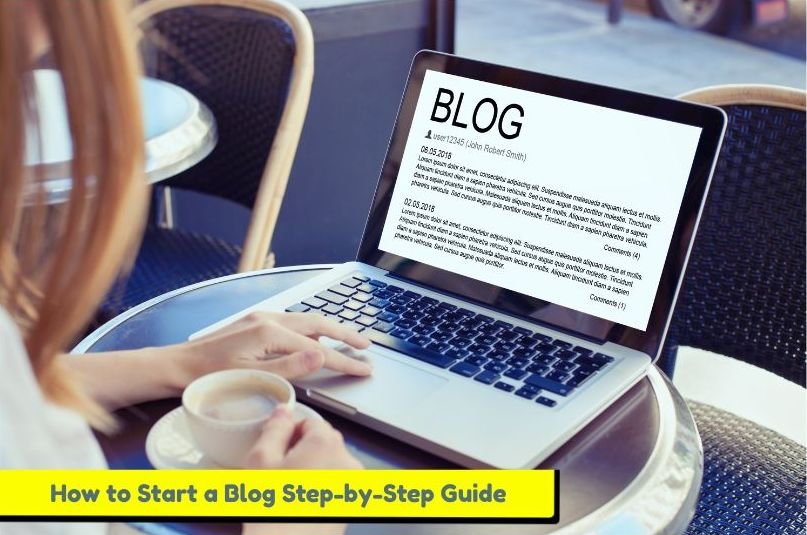
10 Technical SEO Audit Steps to Boost Organic Rankings
Technical SEO Optimization

1. Crawlability & Indexability Check
Ensure search engines can access and index your pages.
-
Check robots.txt: Block irrelevant pages (e.g., admin, staging).
-
Audit noindex tags: Remove accidental noindex directives on critical pages.
-
Fix crawl budget waste: Eliminate duplicate content, orphaned pages, and low-value URLs.
(Tools: Screaming Frog, Google Search Console)
2. Site Speed Optimization
Speed impacts rankings and user experience.
-
Test Core Web Vitals: Optimize LCP, FID, and CLS scores.
-
Compress images: Use WebP format and lazy loading.
-
Minify CSS/JS: Remove unused code and leverage browser caching.
(Tools: PageSpeed Insights, GTmetrix)
3. Mobile-First Readiness
Google prioritizes mobile-friendly sites.
-
Audit mobile UX: Check responsive design, tap targets, and font sizes.
-
Test mobile speed: Ensure sub-3-second load times.
-
Avoid blocked resources: Confirm CSS/JS files are crawlable on mobile.
(Tools: Mobile-Friendly Test, Chrome DevTools)
4. Fix Broken Links & Redirects
Broken links harm user trust and crawl efficiency.
-
Identify 404 errors: Use crawlers to find dead internal/external links.
-
Optimize redirect chains: Replace long 301 chains with direct links.
-
Preserve link equity: Audit redirects for lost PageRank.
(Tools: Ahrefs, Broken Link Checker)
5. Structured Data Markup Audit
Enhance SERP visibility with rich snippets.
-
Validate schema markup: Fix errors in JSON-LD, microdata, or RDFa.
-
Target key pages: Product pages, FAQs, and articles.
-
Avoid spammy markup: Never misuse schema for irrelevant content.
(Tools: Schema Markup Validator, Google Rich Results Test)
6. HTTPS & Security Check
Secure sites rank higher and build trust.
-
Fix mixed content issues: Replace HTTP links with HTTPS.
-
Renew SSL certificates: Avoid expiration warnings.
-
Enable HSTS: Protect against downgrade attacks.
(Tools: SSL Checker, Why No Padlock?)
7. XML Sitemap & URL Structure
Guide search engines to your most important pages.
-
Submit XML sitemaps: Ensure they’re updated and error-free.
-
Optimize URL slugs: Use hyphens, lowercase letters, and keywords.
-
Canonicalize duplicates: Point duplicate URLs to the canonical version.
(Tools: Screaming Frog, Google Search Console)
8. International SEO & hreflang
For global websites, avoid geo-targeting conflicts.
-
Audit hreflang tags: Ensure correct country/language codes.
-
Check CDN configurations: Avoid accidental geo-blocking.
-
Separate local sitemaps: For multi-region sites.
(Tools: hreflang Validator, SEMrush)
9. Server Log Analysis
Uncover how bots interact with your site.
-
Identify crawl errors: 5xx/4xx status codes.
-
Monitor bot traffic: Block bad bots draining resources.
-
Optimize crawl budget: Prioritize high-value pages.
(Tools: Log File Analyzer, Splunk)
10. JavaScript & Rendering Audit
Ensure Googlebot “sees” your content correctly.
-
Test JavaScript rendering: Use mobile and desktop crawlers.
-
Avoid lazy-loaded critical content: Google may miss it.
-
Pre-render dynamic elements: Use SSR or hybrid rendering.
(Tools: Google URL Inspection Tool, Botify)
A technical SEO audit isn’t a one-time task—schedule quarterly checks to stay ahead of algorithm updates. Fixing crawl errors, optimizing speed, and securing your site will boost rankings, reduce bounce rates, and drive sustainable organic growth.



